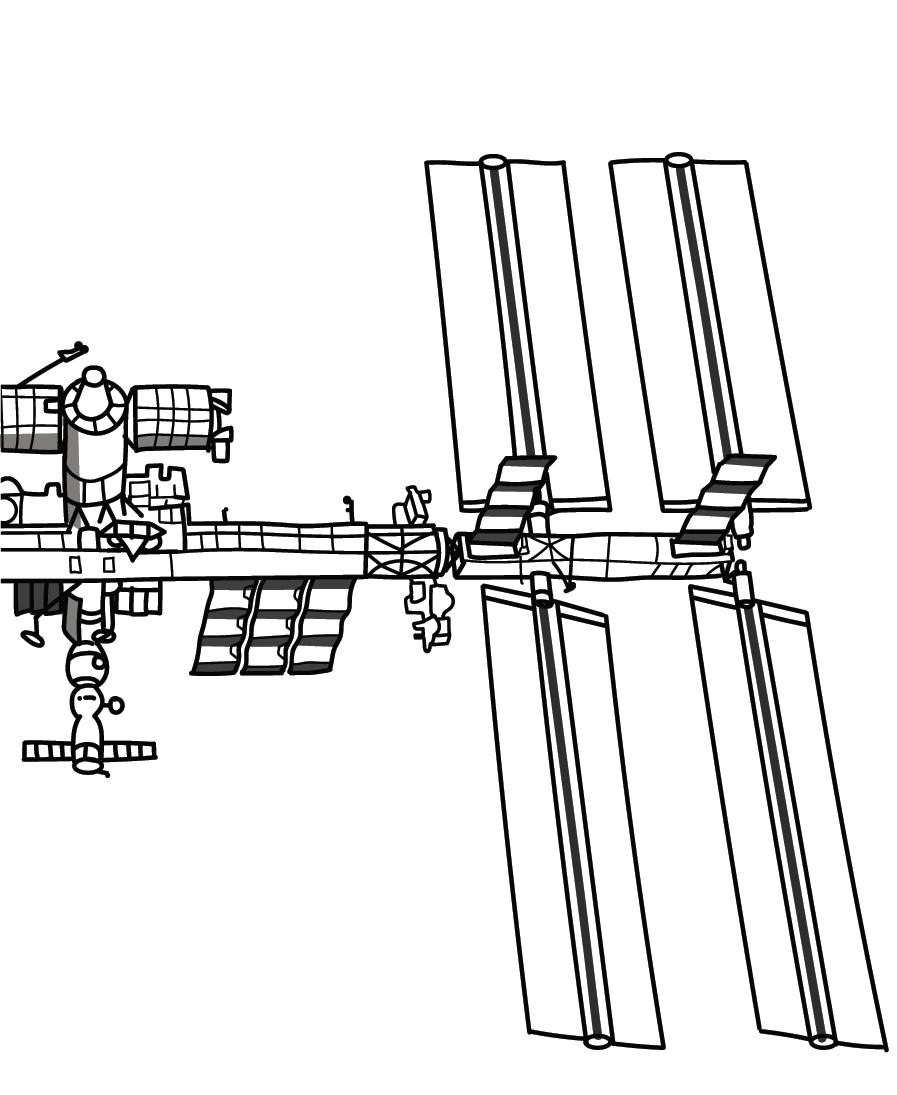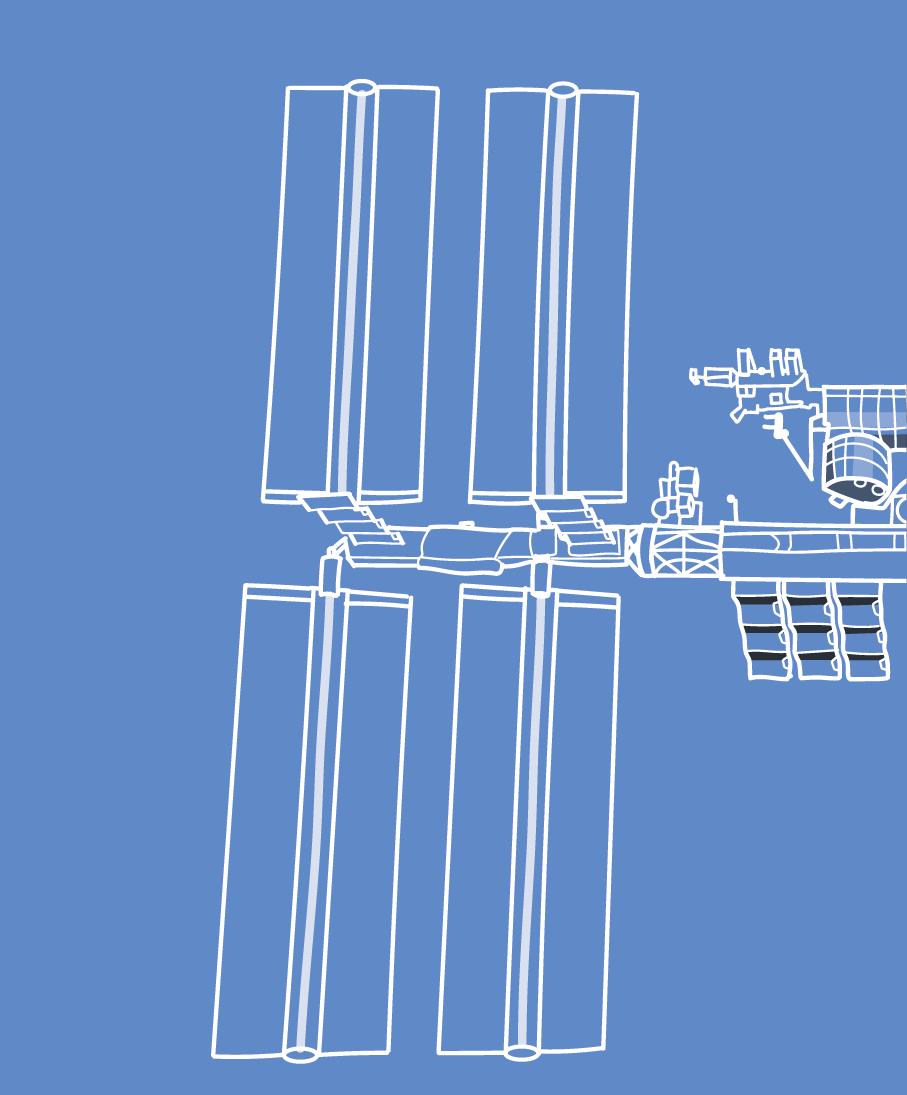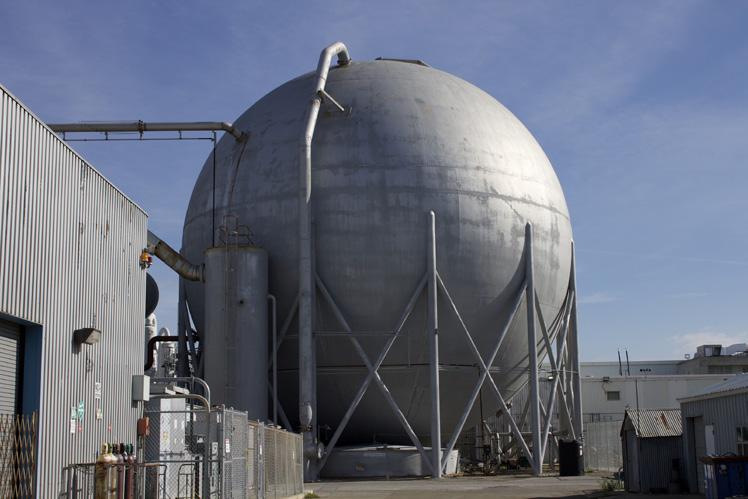
4 minute read
NASA Ames Research Center
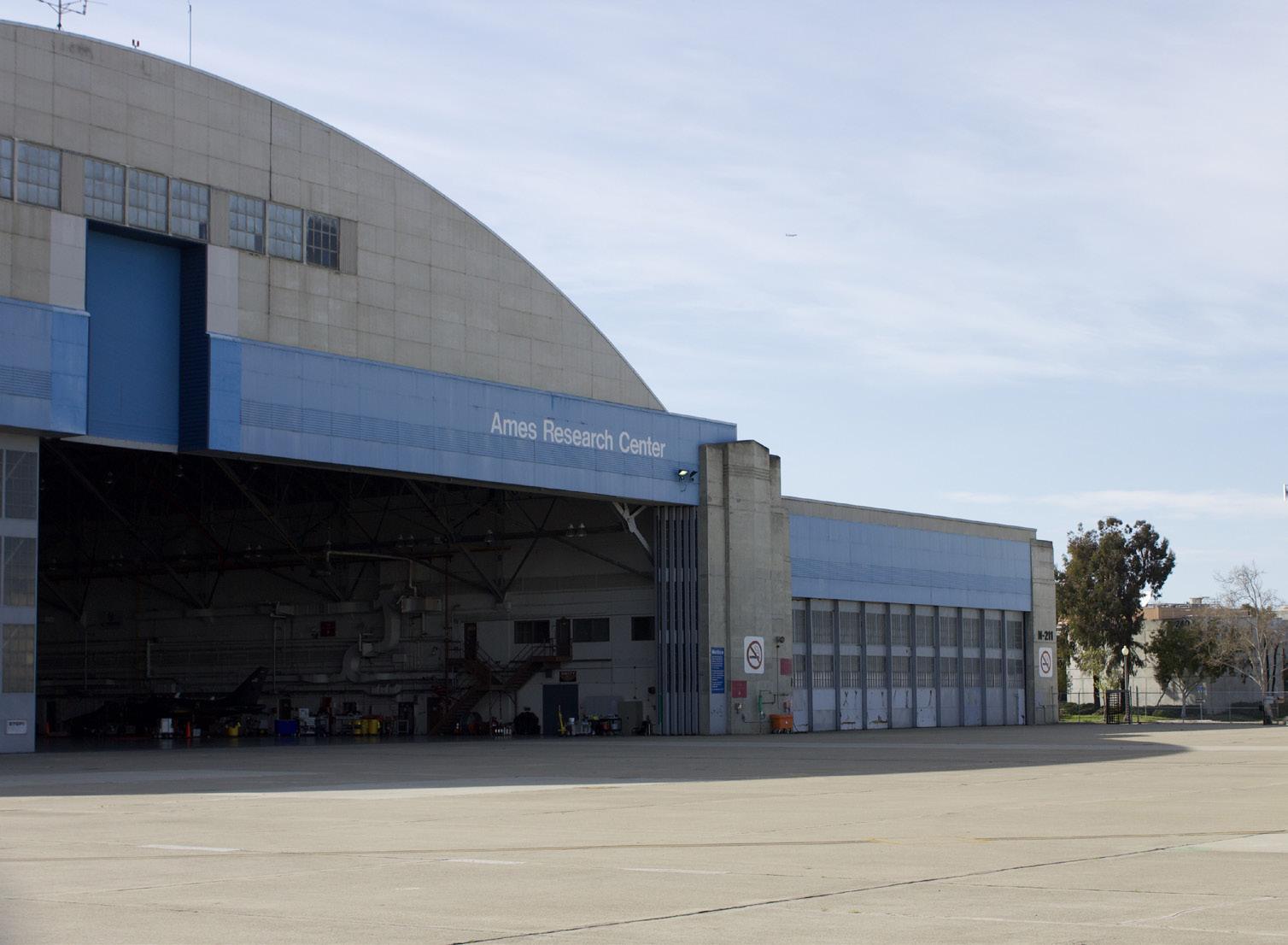
The Astrobee team is based at NASA Ames Research Center in Mountain View, California. Ames has been a government research facility since 1939 back when it was known as NACA (National Advisory Committee for Aeronautics) (NASA’s Ames). In 1958 it helped blast us into the Space Age and was unveiled as a NASA facility. Since then, it has contributed to space biology, small satellites, and aircraft testing, among other NASA projects. It is home to the largest wind tunnel in the world.
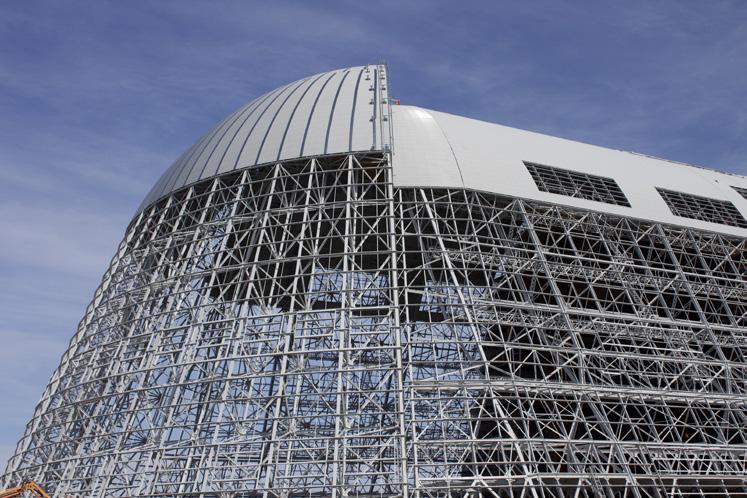
Because of the pandemic, the Astrobee team, like the rest of the world, had to learn to work from home. Even now, the team will sometimes be running a test session and directing Astrobee from their home offices or kitchen tables. Barlow says, “Yeah, I’ve gotten to drive robots from my house. From a hotel room sometimes if I was on a trip.”
NASA Ames labs help the Astrobee team and the companies they work with to test-run their procedures before they’re performed in space. Two Astrobees, identical to the ones on the ISS, live in the Granite Lab–nicknamed so because of the giant slab of granite which sits in the middle of the room. The table forms the base of a physical, life-size simulation of the ISS module. The two Astrobees here are B# and Melissa, nicknamed Wannabe. The granite slab serves as a reverse hockey table, where the air comes out of the puck. Each Astrobee is on a carriage which has two canisters of CO2 gas. The air can be systematically released, downward onto the granite, to allow the robots to move around. This simulates a frictionless environment. The physical simulation isn’t perfect, however. On Earth, we still have to obey the laws of gravity. In space, Astrobee can rotate on any axis, but in the lab, Astrobee can only move along one plane.
On the body of Astrobee, there are three places called expansion bays where a guest user can plug in their hardware. Here, users can design a payload with their technology, adding on their components. There is no need to reinvent the wheel for companies who want to test in space. Barlow says users “don’t really need or want to design their own robot. [They say], ‘You guys are already designing this robot. Let’s just design a reader to put on Astrobee.’”
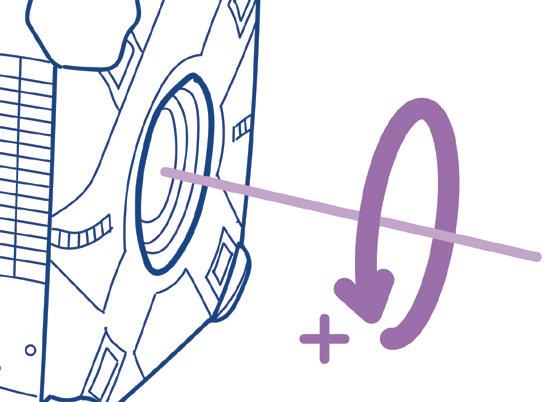
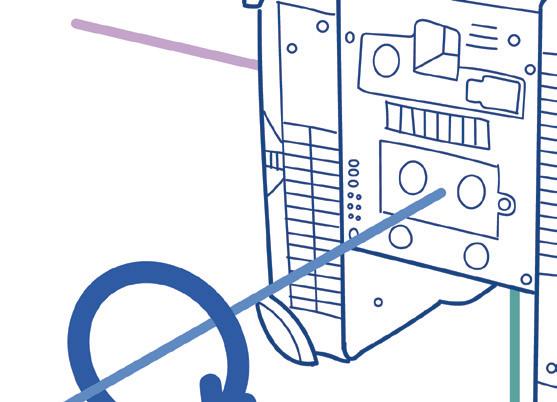
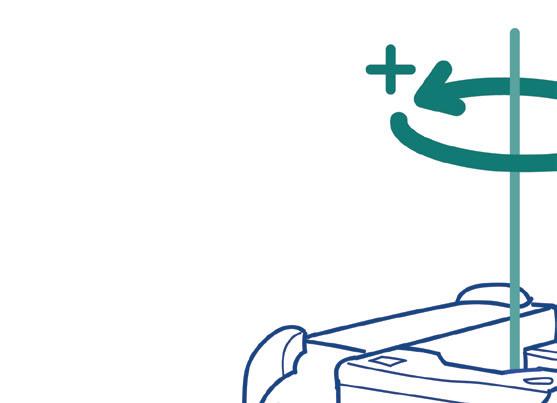
There are many examples of the cool science that Astrobee is helping to do. Here are a few.
Gecko: Astobee’s current perching arm is part of the basic Astrobee system, and fits into one of the expansion bays. It can unfold its arm and grab onto a handrail if it needs to hang out in a certain spot for a while, to serve as a monitoring camera, for example. One of Astrobee’s payloads is experimenting with gecko-inspired material, switching Astrobee’s perching arm with a gripper to test different materials’ adherence to flat surfaces.
SVGS (Smartphone Video Guidance System): Another Astrobee payload is SVGS, which uses smartphonelevel cameras and processes to localize Astrobee and help it navigate in a different way. While Astrobee’s localization was designed specifically for the ISS, SVGS is looking at localization in the wider area of outer space, where localization using close surrounding features is far less accurate.
SoundSee: Another user, SoundSee, is using Astrobee to create a panoramic map of the ISS, except using sound. By pointing Astrobee in different directions, they can take readings of the sound and put it together to create a map of the inside of the ISS that shows where the sound is coming from, and how loud, similar to a heat map but with sound. The robotic caretaking element of that is when you can detect changes in the sound that is coming out of a certain area, which could be a potential failure or malfunction. It helps monitor activity inside the ISS.
REALM
(RFID-Enabled Automated Logistics
Management): REALM is a payload that helps find lost things using RFID tags (Radio Frequency Identification). RFID tags are fairly common on Earth as well as on the ISS. They are small, flat chips that serve as trackers. For example, if you forget to check out a book before walking out of the library, an alarm will sound because of the RFID tag passing by the sensor. On the ISS, they use RFID tags with inventory management. Usually, astronauts have to take an RFID reader around to check inventory, but that is time consuming. REALM worked with Astrobee to help it move around with an RFID reader, and the software manages communication to help Astrobee know where to look. In this way, Astrobee becomes an autonomous RFID reader to help find things that were misplaced, or that floated off and got lost on the ISS.
Opposite page: Astrobee and its perching arm (bottom left), back of Astrobee (top left), signal lights and impellar (top right), corner bumper (middle right), signal lights (bottom right)
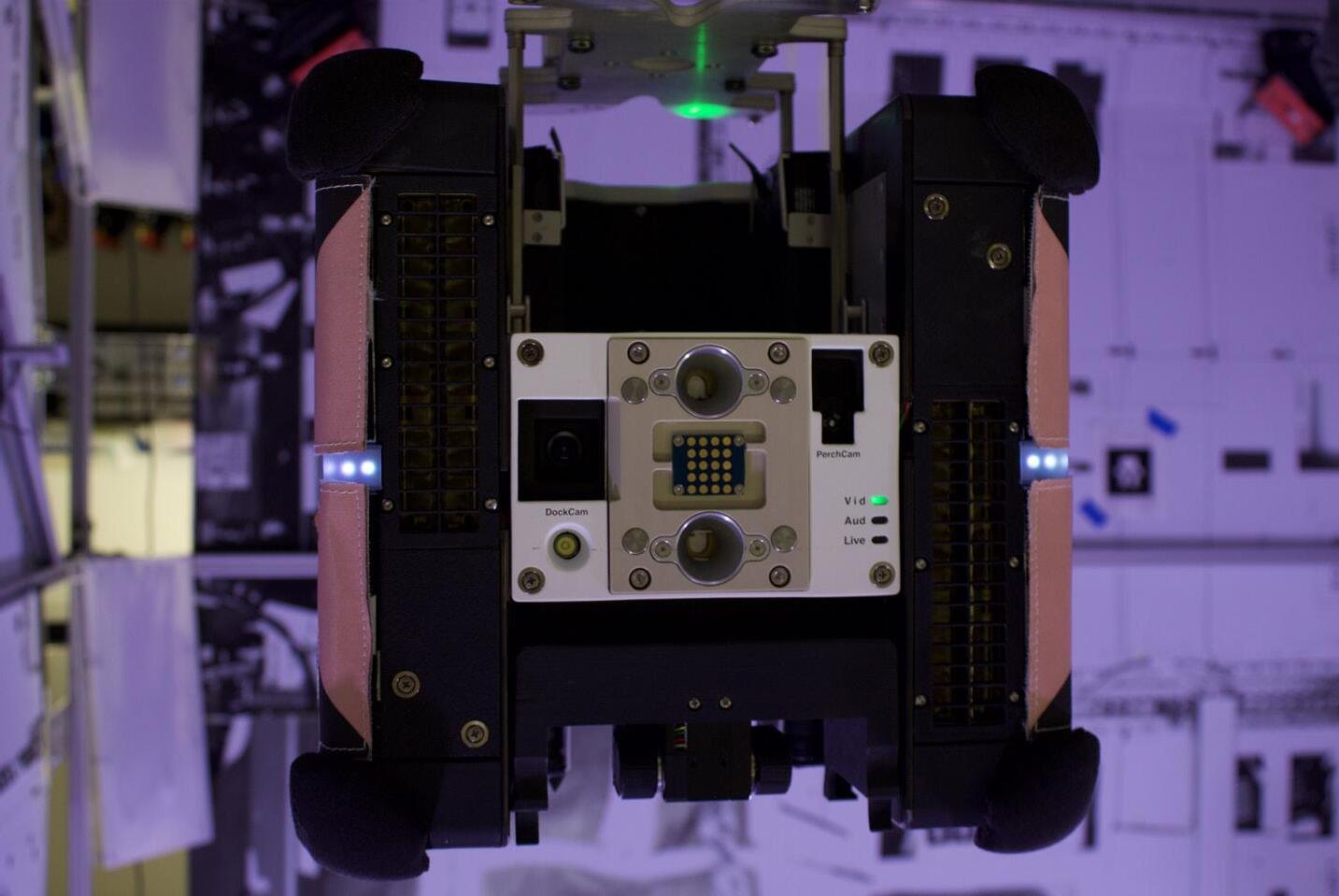
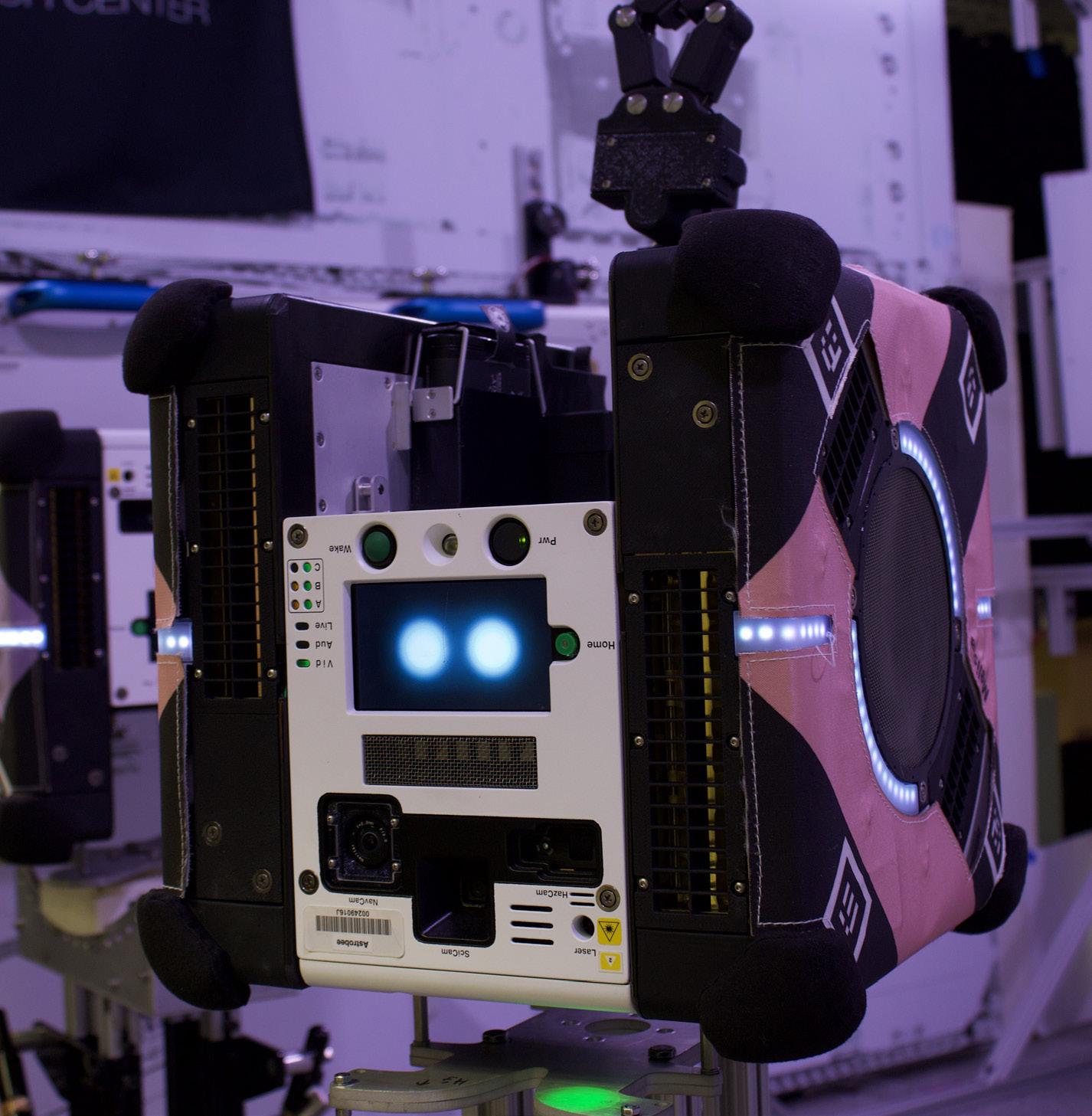
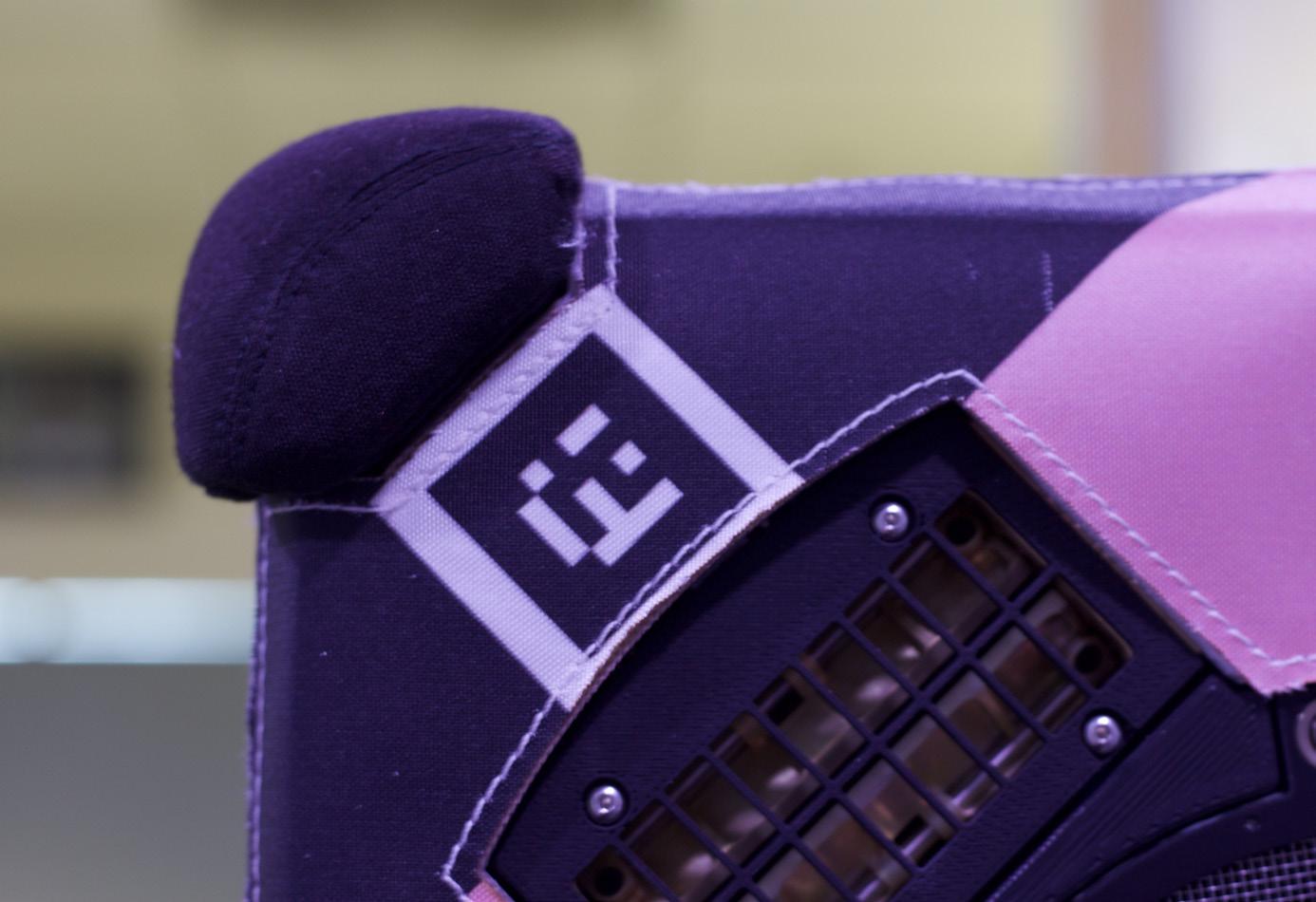
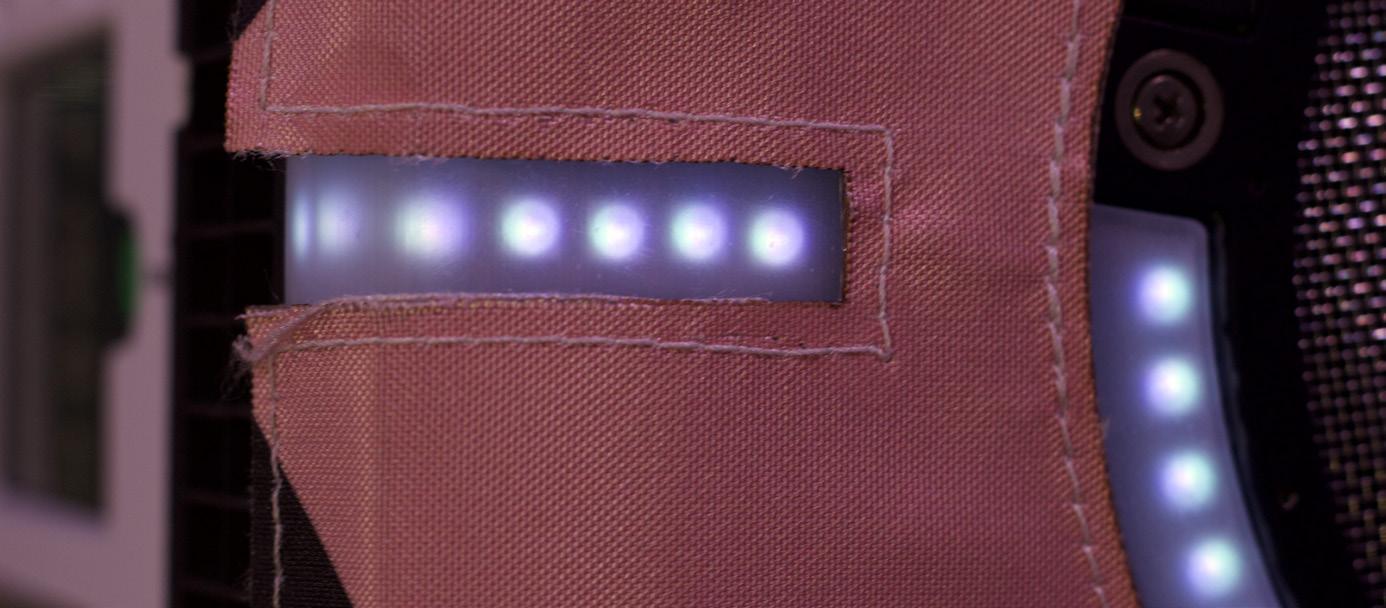
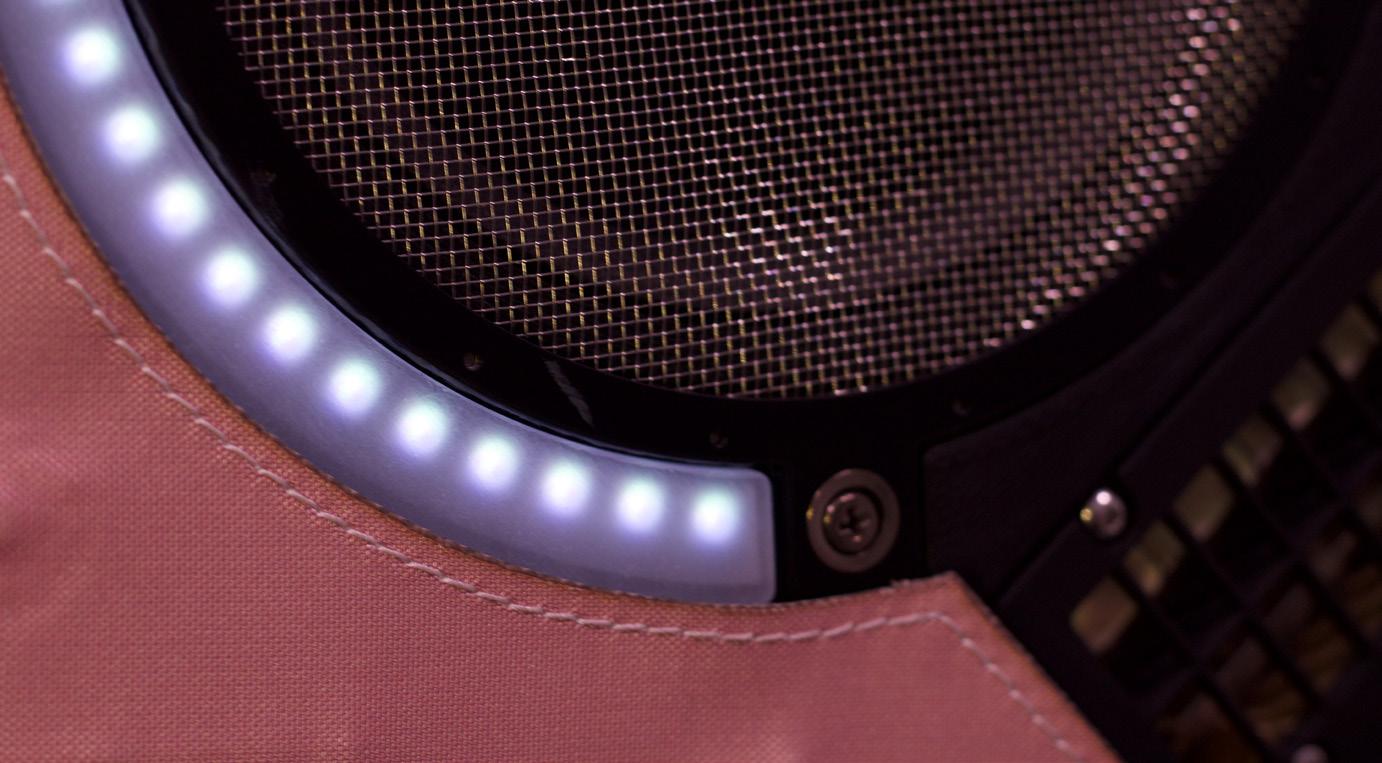
Other than physical components that are added onto Astrobee, some users are more interested in the software and exposing future engineers to coding. There are two coding competitions that happen yearly, and encourage youth to try their hand at coding a program that Astrobee can perform in space. One, called Kibo RPC (Robot Programming Challenge), is put on by the Japanese space agency JAXA and is targeted for students in high school and college. Another is Zero Robotics, which has two competitions, one for middle school and one for high school students. The students are challenged to write code for Astrobee. “The final rounds are done on the actual hardware in space, which is really cool to see,” Barlow says. “It’s exciting for students to be able to… have their code run in space.”
These are some of the things Astrobee has been doing, but what else is in store for these robots? Barlow says he believes Astrobee will continue to benefit us in different ways: “I think Astrobee will always be important in the sense that people are always going to want to test their things in space.” The Astrobee team hopes to work with a lot of different people and companies, and continue learning, improving and innovating.
Meanwhile Astrobee continues to help out with chores on the Space Station. On the ISS, there is a periodic safety review requiring an astronaut to pan a video camera across the walls, so that a team can review it for concerns. Now, Astrobee is helping streamline this process and save astronaut time by doing this task autonomously. Instead of a video, Astrobee will create a full panorama, similar to Street View on Maps. Also, if there is something that someone on the ground needs to keep an eye on, they can have Astrobee perch nearby and set a camera on it without any astronauts needing to get involved.
All of these payloads are helping us figure out what we can do with something like Astrobee and this technology in the future. Astrobee plays a key role in furthering robotic caretaking.
